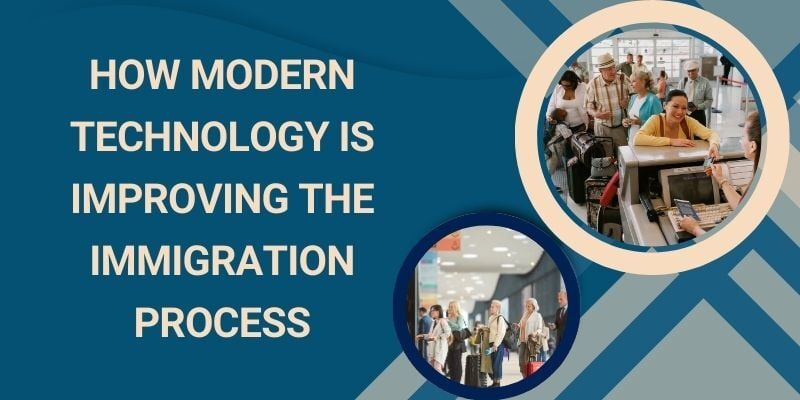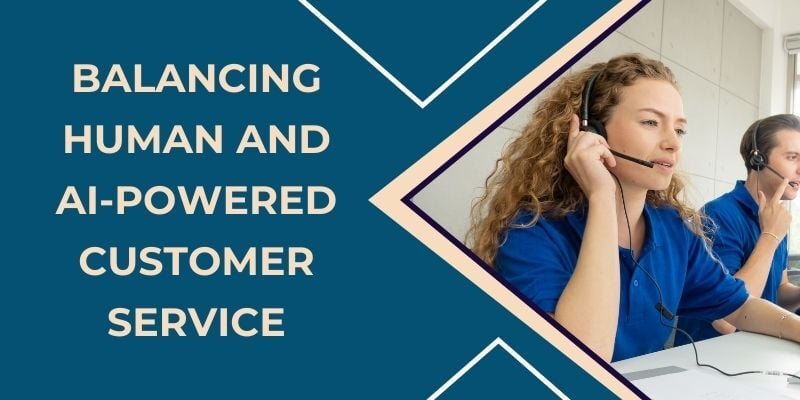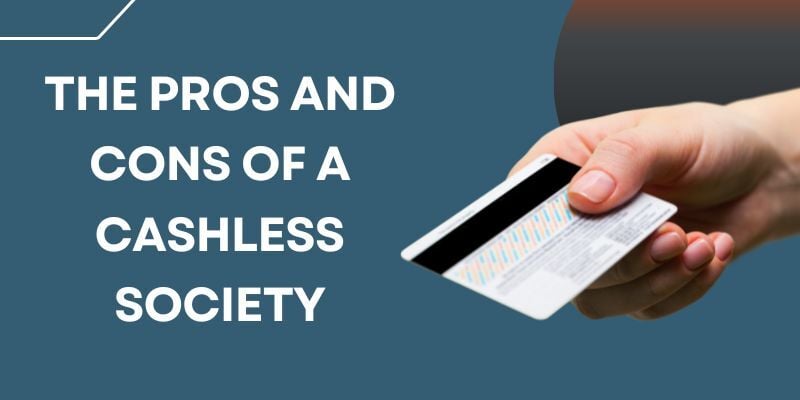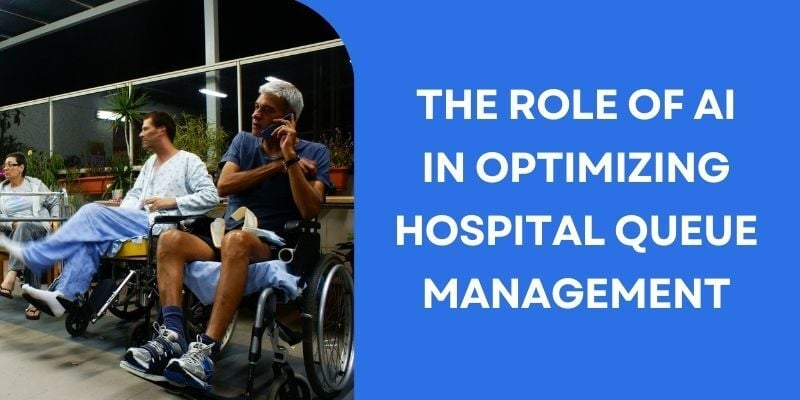Queue management organizes and controls waiting lines, ensuring customers are served efficiently and fairly.
Effective queue management is vital in various settings, including colleges and universities, to improve customer experience and reduce frustration.
When managing lines well, businesses and institutions can help ensure that people aren’t waiting longer than necessary and that services are delivered smoothly.
Two standard systems are often used to organize queue lines: the single-line and multiple-line queues. These systems may look simple, but they significantly impact how customers experience their wait and how smoothly the service runs.
This article will compare Single-Line Queues vs. Multiple-Line Queues, examining how each impacts efficiency, fairness, and customer satisfaction.
Choosing between these systems can significantly affect how smoothly services are delivered and how happy customers feel during their wait.
Both systems have pros and cons that can make one more suitable than the other depending on the setting and the expected volume of customers.
Understanding Queue Types
There are many ways to organize waiting lines; understanding their differences is critical to deciding which suits your needs. The two most common types of queues are single-line and multiple-line, each with unique features that make them better suited to different situations.
What is a Single-Line Queue?
A single-line queue is a system where all customers wait in one line for service. This setup is often seen in banks, post offices, and airports, where people wait their turn to be served at the next available counter.
The idea behind a single-line queue is that it is fair and straightforward and ensures that each person is served in the order they arrive.
In a single-line queue, all customers are funneled into one line, and they move forward as service points become available.
This queue type is often praised for being straightforward for customers to understand. It eliminates the need for customers to decide which line to join, reducing stress and confusion.
What is a Multiple-Line Queue?
A multiple-line queue is different. Instead of a single line, customers can choose from several lines, each leading to a different service point.
This queue type is common in airports, amusement parks, and fast-food restaurants. Customers pick the line they think will move the fastest or look the shortest.
The multiple-line queue offers more flexibility. Customers can decide where to stand based on the number of people in each line or how fast they think a particular line will move.
However, this flexibility can sometimes cause frustration if one line moves faster than another. Customers may feel like they chose the “wrong” line, leading to dissatisfaction.
Advantages of Single-Line Queues
 Choosing the right queue system depends on your values—efficiency, fairness, or customer satisfaction. Here are some advantages of using single-line queues.
Choosing the right queue system depends on your values—efficiency, fairness, or customer satisfaction. Here are some advantages of using single-line queues.
1. Fairness and Transparency
One of the biggest benefits of a single-line queue is fairness. In this system, everyone is served in the order they arrive, which can reduce frustration. Since no one has to worry about picking the “right” line, there’s less stress.
Customers feel reassured that they will be served when others arrive later are served first. This is especially important in settings like banks or government offices, where fairness is critical to customer satisfaction.
In addition to being fair, single-line queues are also easy for staff to manage. There’s no need to direct customers to different lines, and staff can focus on providing quick, efficient service without worrying about line management.
2. Improved Customer Satisfaction
Knowing there’s only one line can lessen customers’ anxiety. They don’t have to worry about whether they’ve picked the right line or if other customers are being served faster. This can lead to a more relaxed atmosphere and a better overall experience for customers.
It also allows businesses to provide more accurate wait time estimates since everyone is in the same line, making it easier to predict how long it will take for a customer to be served.
Customers in single-line queues also feel more confident that the system is fair, which can improve their overall satisfaction with the service. This can be especially important in settings like hospitals or government offices, where customers may already be anxious or stressed.
Advantages of Multiple-Line Queues
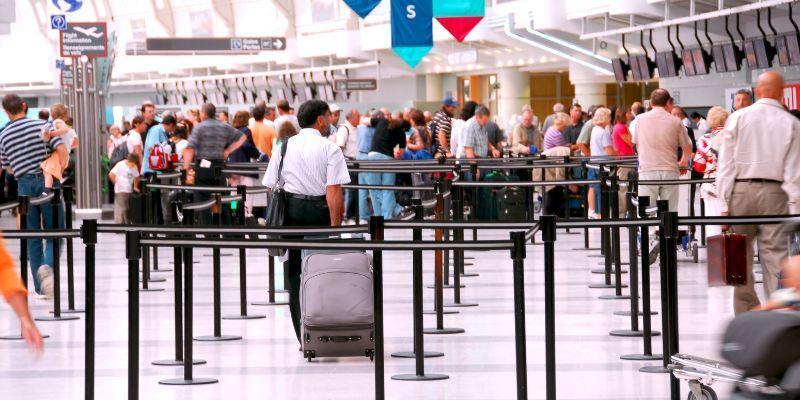 Multiple-line queues can also be beneficial in certain situations. Here are some of the advantages of using multiple lines.
Multiple-line queues can also be beneficial in certain situations. Here are some of the advantages of using multiple lines.
1. Flexibility and Choice
A multiple-line queue allows customers to choose the line they think will move the fastest, which can make them feel like they have more control over their experience.
For example, in a grocery store, customers can choose the line that looks the shortest or pick a line based on which cashier they think will work the fastest.
Another benefit of multiple-line queues is that they can offer different lines for different services. For example, in a fast-food restaurant, there may be one line for customers placing orders and another for customers picking up orders.
This can help keep things moving smoothly, especially during busy times, and ensures that customers with different needs are served quickly and efficiently.
2. Potential for Faster Service
Sometimes, a multiple-line queue can lead to faster service, especially during peak times. With enough service points, customers can be served quickly without waiting in a long line. Multiple-line queues can also be helpful when different customers have different needs.
For example, some lines may move faster if they serve customers with more straightforward requests, while others may take longer if they serve customers with more complex needs.
Businesses can also strategically place staff to help manage multiple-line queues. For example, extra staff can be assigned during peak times to help with the busiest lines, ensuring that customers are served quickly and efficiently.
Disadvantages of Single-Line Queues
While single-line queues offer several advantages, they also have some drawbacks that must be considered.
1. Potential for Longer Wait Times
In a single-line queue, all customers must wait in the same line, which sometimes leads to longer wait times. If one service point is slower than the others, the whole line slows down.
This can be frustrating for customers, especially if they see other service points becoming available while they are still waiting.
This issue can be particularly problematic when service demand fluctuates throughout the day. If there are sudden increases in the number of customers, a single-line queue can quickly become overwhelmed, leading to longer waits.
2. Limited Capacity
In some settings, single-line queues may not be practical due to space limitations. For example, in a busy airport or a crowded retail store, there may need to be more physical space to accommodate a long, single line.
This can create bottlenecks and make it difficult for customers to move freely around space.
Disadvantages of Multiple-Line Queues
While multiple-line queues provide more flexibility, they are not without challenges.
1. Perception of Inequity
One of the main drawbacks of a multiple-line queue is the perception of unfairness. Customers may become frustrated if they see other lines moving faster, even if they chose their line based on a careful assessment of how quickly it would move.
This can lead to customers feeling like they need to make the right choice, which can cause dissatisfaction and impatience.
Another issue with multiple-line queues is that customers may try switching lines if they perceive that one line is moving faster. This can create confusion and further slow down the process as customers move back and forth between lines.
2. Management Complexity
Managing a multiple-line queue can be more complex for staff. More staff may be needed to direct customers and manage traffic flow between lines, especially during peak times.
Additionally, customers may need guidance on which line to join, which can slow down the process and increase the burden on staff.
Choosing the Right Queue System for Your Needs
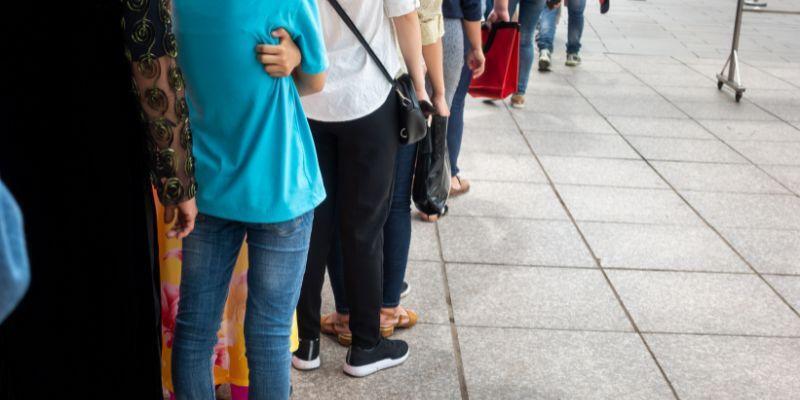 Deciding between single-line and multiple-line queues depends on various factors, including the volume of customers, the nature of the services being provided, and the physical space available.
Deciding between single-line and multiple-line queues depends on various factors, including the volume of customers, the nature of the services being provided, and the physical space available.
Factors to Consider
One of the most important factors to consider when choosing a queue system is the expected volume of customers.
A multiple-line queue may be necessary in high-traffic areas to keep things moving quickly. However, a single-line queue may be more appropriate in smaller settings with fewer customers.
The nature of the services provided also plays a role in choosing a queue system. For example, in a bank where customers may have different needs, a multiple-line queue may help to separate customers with simple transactions from those with more complex requests.
However, a single-line queue may be more efficient in a fast-food restaurant where most transactions are similar.
Hybrid Approaches
In some cases, a hybrid approach may be the best option. Hybrid queue systems combine elements of both single-line and multiple-line queues.
For example, a business may use a single-line queue for regular customers but offer a separate, multiple-line queue for customers with special needs or requests.
Technology can also help manage queues. Virtual queuing systems allow customers to join a queue remotely without physically standing in line.
This can help reduce physical crowding and improve the overall customer experience, as customers can wait in comfort rather than standing in a long line.
Case Studies and Real-world Applications
Liberty Regional Medical Center Improves Patient Flow with Multiple-Line Queue System
Liberty Regional Medical Center implemented Wavetec’s Queue Management System (QMS) to improve patient flow using a multiple-line queue system. Before, long wait times and disorganized queues caused frustration.
The new system introduced self-service kiosks, allowing patients to check in and receive an estimated wait time via SMS. The multiple-line queue feature efficiently manages different service lines, quickly ensuring patients are routed to the correct department.
This has reduced wait times by over 30%, increased patient satisfaction, and improved staff efficiency. The system streamlines the process, making healthcare delivery smoother and more effective.
LCBO Enhances Checkout Experience with Wavetec’s Single-Line Queue Solution
The Liquor Control Board of Ontario (LCBO) improved its checkout process by implementing Wavetec’s UNOQ/Linear Queue solution, focusing on a single-line queue system. LCBO faced challenges with managing long queues, especially during peak times, which led to customer frustration. The Wavetec solution introduced:
- Elegant Station Lights: These lights blink when a cashier is ready, ensuring customers are called in order from a single line.
- UNOQ Media Player: The media player provides clear visual and audio instructions in English and French, efficiently guiding customers to the available cashier.
Customer and staff feedback has been overwhelmingly positive, marking a significant improvement in the LCBO’s customer service experience.
FAQs
How does the user experience differ between single-line and multiple-line queues?
In a single-line queue, all customers are served in the order they arrive, making it fairer and less stressful. In a multiple-line queue, customers can choose a line, but this can lead to feelings of unfairness if one line moves faster than another.
What is an example of a single queue?
An example of a single-line queue is found at many post offices, where all customers wait in one line to be served at the next available counter.
What are the operational challenges of managing multiple-line queues?
Managing a multiple-line queue requires more staff to direct customers and handle confusion about which line to join. It can also be more challenging to predict wait times accurately.
Conclusion
Single-line queues and multiple-line queues offer distinct advantages and disadvantages. Single-line queues are fair and simple but may lead to longer waits in certain situations.
Multiple-line queues provide flexibility and can speed up service but can also cause confusion and perceived unfairness.
Choosing the right system depends on your environment’s specific needs. Evaluating your queue management approach can help improve efficiency and overall customer satisfaction.
BOOK A FREE DEMO


